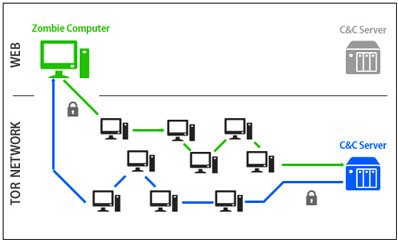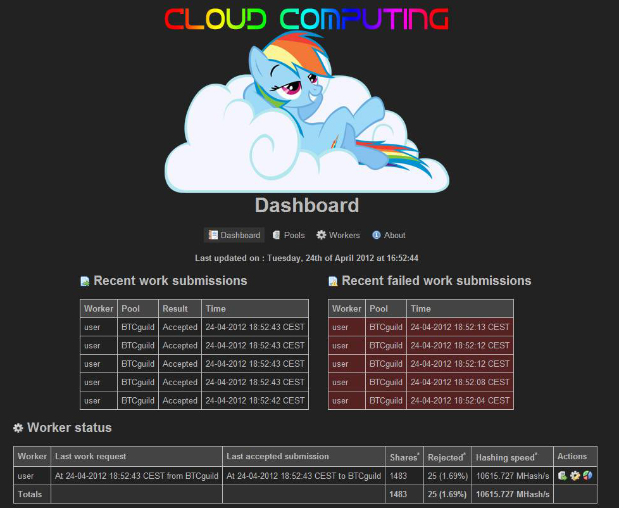
As an Information Security Consultant, whose life goes around saving and protecting data, I have three points that everyone relates to:
1- Is your Business Continuity Plan in place? Have you tested it?
We all claim we have amazing plans to recover from incidents that disrupt business operations yet almost no one has put them to the test until they get tested by mother nature. I didn't see many organizations yesterday shifting to their Business Continuity Site and resuming operation!- Test your plan
- Educate your staff about it
2- Disaster Recovery: It's different than Business Continuity.
Just imagine for a second that the shake we felt made your data center look like my little brother's toy room. It didn't burn, you might have lost nothing but at this time, nothing works. You went offline!Having a disaster recovery plan would have saved you the tension, pressure and staying up overnight trying to sort out that mess. But again, have you tested that? Many organizations I know have a disaster site ready and fully operational. But almost no one tests to check how fast they can take the latest backup tape, recover that data in the disaster site and how fast employees can connect there and resume operations.
Now, for my sake, imagine you got all the above covered. But you must have have forgotten to assign roles to your staff. You still have to call and give the orders manually during this panic time!
- Test the recovery of your backup tapes periodically.
- Assign responsibilities and train your staff to back each other up when needed.

3- Data, Data, and Data. Avoid hearing "I didn't save that file!"
While most organizations claim they have sophisticated backup solutions in place and all brag how much they spent on it. They fail at a simple test I usually do. I go to a workstation, I create a document on the desktop and I save it. And then, I shutdown the machine. While the clients are giving me weird looks, I ask them to please recover that file and tell me what I typed in it.Most go to their data center, slide that server panel out and try to dig that file out. Some other times, the system administrator immediately tells me, "Haha funny, its not saved in the user drive. Therefore its not backed up". I smile and ask, "When you create a document, where is the most intuitive place you save your file to before moving it to the user drive that's backed up? Of course, the desktop".
Loosing a financials projects excel sheet, that a senior manager was working on since morning, will not be a position you want to be in, trust me!
P.S.- Its funny to note that after feeling the whole tower shaking, most people chose to go to the fire drill spots. Its not a fire drill! If the building was shaking, you get the hell out of there as far as you can. Had the building collapsed, it would have been right on your head! I'm sure most towers are not built with earthquakes in mind. Neither do they have a safety procedure to check before tenants go back to office.






